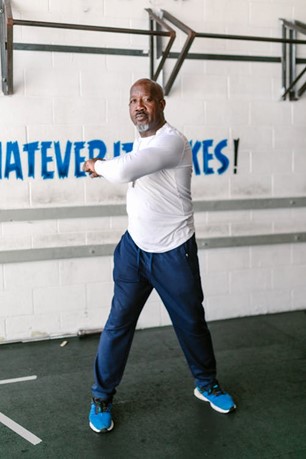Beyond Dizziness: Neuroplastic Techniques for Lasting Vertigo Relief
Vertigo is a debilitating condition characterized by a sensation of spinning or dizziness, often leading to nausea, balance issues, and anxiety. While some cases of vertigo resolve on their own or with treatment, others persist, significantly impacting daily life. In such cases, understanding the concept of neuroplasticity can offer hope and avenues for recovery. Neuroplasticity, the brain’s ability to reorganize itself by forming new neural connections, can be harnessed to alleviate persistent vertigo symptoms and improve overall quality of life.
Understanding Vertigo:
Vertigo can stem from various causes, including inner ear disorders, vestibular migraines, or even neurological conditions. Regardless of the underlying cause, vertigo disrupts the brain’s perception of spatial orientation and balance, leading to the characteristic spinning sensation.
Neuroplasticity and Recovery:
Neuroplasticity refers to the brain’s ability to adapt and reorganize itself in response to experiences and changes in the environment. This remarkable ability allows the brain to compensate for damage or dysfunction by rewiring neural circuits and forming new connections. In the context of persistent vertigo, harnessing neuroplasticity offers promising avenues for recovery.
Strategies for Harnessing Neuroplasticity in Vertigo Recovery:
- Vestibular Rehabilitation Therapy (VRT):
VRT is a specialized form of therapy designed to promote neuroplasticity and improve balance and vestibular function. It involves a series of exercises and movements that gradually expose the individual to vertigo-inducing stimuli while promoting habituation and adaptation.
- Visual and Somatosensory Stimulation:
Incorporating visual and somatosensory stimulation can help recalibrate the brain’s perception of balance and spatial orientation. Activities such as:
- balance exercises
- gaze stabilization techniques
- proprioceptive training
can stimulate neuroplastic changes and enhance vestibular compensation.
- Cognitive Behavioral Therapy (CBT):
Addressing the emotional and psychological impact of persistent vertigo is crucial for recovery. CBT techniques can help individuals manage:
- anxiety
- fear
- stress
associated with vertigo, promoting a positive mindset conducive to neuroplastic changes.
- Mindfulness and Meditation:
Mindfulness practices and meditation techniques have been shown to promote neuroplasticity and enhance brain function. By cultivating present-moment awareness and promoting relaxation, mindfulness can help individuals cope with vertigo symptoms and facilitate the brain’s adaptive processes.
- Multimodal Approach:
Combining various therapeutic approaches tailored to individual needs can maximize the benefits of neuroplasticity in vertigo recovery. A multidisciplinary team comprising vestibular specialists, physical therapists, psychologists, and other healthcare professionals can collaborate to develop personalized treatment plans.
See the full scientific article from Re-Origin.
By harnessing the brain’s remarkable ability to adapt and rewire itself, individuals with vertigo can embark on a journey toward improved balance, reduced symptoms, and enhanced quality of life. Through targeted therapies and interventions that promote neuroplastic changes, the road to recovery from persistent vertigo becomes not only possible but also empowering.
Enhance your cognitive abilities and optimize mental focus by incorporating the remarkable Brain Vitale supplement from the esteemed Asher Longevity Institute. This exceptional supplement is specifically designed to boost your brain’s performance, enhancing mental clarity, sharpening cognitive planning skills, and improving organizational acuity. Additionally, it aids in retaining spatial relationships, further augmenting your cognitive capabilities.




